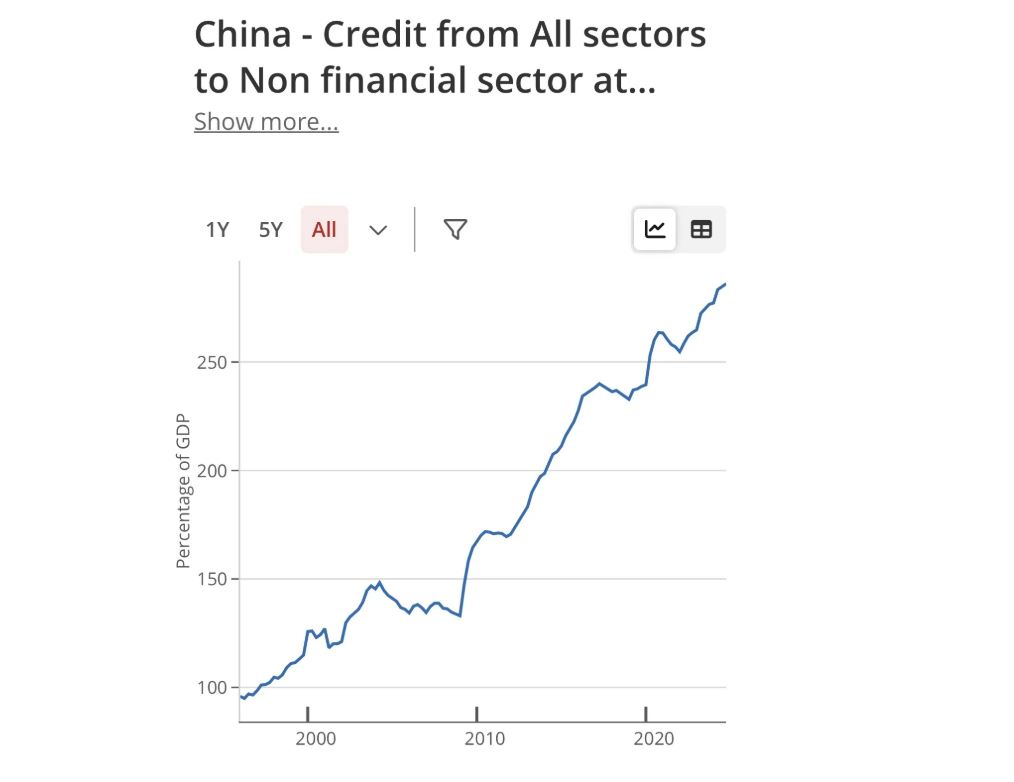Duties, reduced magazines for growth estimates for Europe: Germany in stagnation, Poland and Spain run, GDP of Italy at 0.7%

The deficit runs: the EU average and also of the Eurozone is above the 3% threshold required by the stability pact. The deficit in Italy will be 3.3% in 2025 to drop to 2.9% in 2026
By our correspondent
Brussels The war of duties triggered by the United States is felt on the European economy, which has started the year better than expected (the first duties were announced in February). The growth forecasts have been revised « significantly downwards » due to the fulfillment of the prospects of world trade and the increase in uncertainty on commercial policies. The Commissioner to the Economy Valdis Dombrovskis The macroeconomic forecasts of spring presented on Monday: This year the royal GDP will grow by 1.1% in the EU and 0.9% in the euro areamore or less at the same rhythm recorded in 2024. In 2026 growth should accelerate 1.5% in the EU and 1.4% in the eurozone. Italy will grow less than the EU average: this year of 0.7% and the next of 0.9%.
Dombrovskis, talks about « unpredictable and apparently arbitrary » logic at the basis of the US ads on the duties, which « brought uncertainty about global economic policy to levels ever from the darkest moments of the Covid-19 pandemic ». And again: «L‘average tariff rate applied by the United States on imports is now higher than in any other time since the 1930s»Of the last century. The US advertisements of April, he continued, « they also provoked Very high levels of volatility on financial markets. This market volatility remains high and the sentiment is fragile, since a great uncertainty about US trade and economic policy still looms « , he concludes.
Inflation
The total inflation in the euro area should slow down from 2.4% in 2024 to an average of 2.1% in 2025 and 1.7% in 2026. In the EU, inflation should follow a similar dynamic, starting from a slightly higher level in 2024 e Descending just below 2% in 2026. In Italy they brake consumer prices, which are lower than the EU average: estimated at 1.8% this year and 1.5% of others.
Italy
In our country the economic expansion should be supported by internal questionin particular from the inves settled by the expenditure linked to the PNRR. Inflation should remain below 2% thanks to negative dynamics of import prices and a moderate increase in internal costs. The public deficit should continue to go down from 3.4% of GDP in 2024 to 3.3% in 2025 and 2.9% in 2026. While The debt/GDP ratio is intended to increase Due to the delayed impact of tax credits for building renovations accumulated in the deficit until 2023.
Others
There Germany This year is expected in stagnation while will resume growing next year (+1.1%). Modest growth also for the France This year (+0.6%) while the GDP will be 1.3%next year. This year Poland (+3.3%) and Spain (+2.6%) run this yearwhile Warsaw records a drop next year (+3%) and also Madrid (+2%), still retaining growth above the EU average. As for the deficitthe EU average and also of the Eurozone is above the 3% threshold required by the stability pact. Poland – which is investing in defense almost 5% of GDP – is estimated to have a deficit this year by 6.4%, which will drop to 6.1% in 2026. Estimates for France are -5.6% in 2025 and -5.7% in 2026. Spain, on the other hand, maintains the deficit below 3%: this year will be 2.8% and next will drop to 2.5%.
Export
The impact of duties is felt on EU exportswhich should grow only 0.7% this year, with a new contraction in exports of goods partially compensated by the resumption of exports of services, which are less affected by commercial tensions. In 2026, export growth should accelerate 2.1%.
Investments
The uncertainty, more than the duties, weighs on internal demand. After a contraction of 1.8% of the fixed gross investments for 2024, one is expected moderate resumption of investments. The volatile response of the market to commercial tensions – explains the Commission – is having a more severe impact on the financing conditions. According to projections, investments will increase by 1.5% in 2025 and further accelerate 2.4% in 2026. This acceleration is driven by investments in infrastructure and research and developmentalso thanks to the support of the PNRR and the Cohesion Fund, and by a turning point in residential construction.
Consumption
As for private consumption, Growth should be slightly more robust than expected in autumnreaching 1.5% in 2025 and 1.6% in 2026. This is largely due to a stronger moment of growth in 2024 and a labor market still resistant. However, high saving continues to curb consumption dynamics.






/s3/static.nrc.nl/images/gn4/stripped/data132518834-9ea30f.jpg)